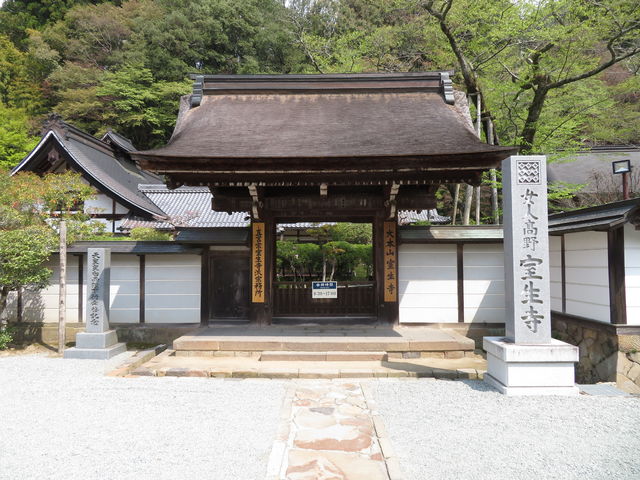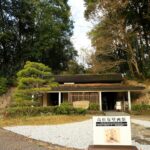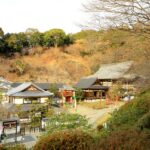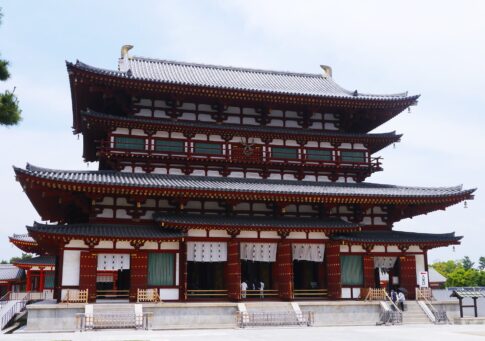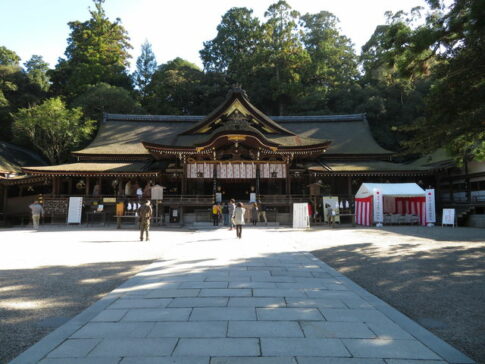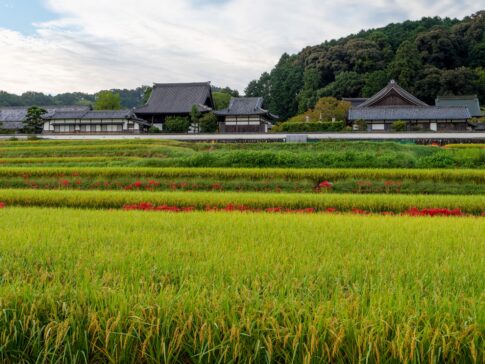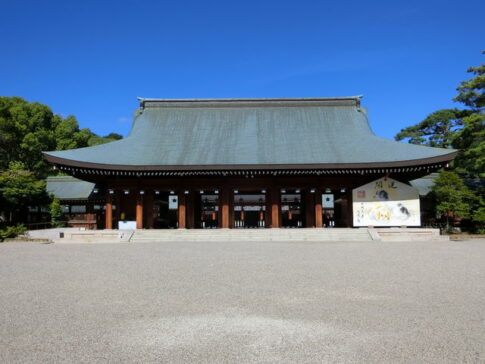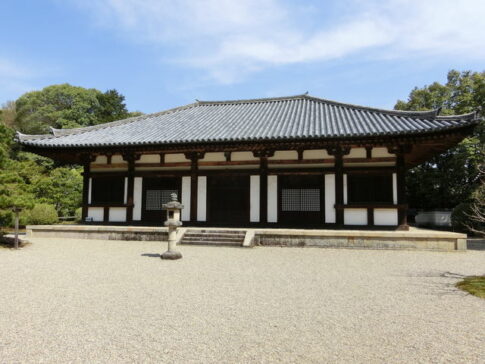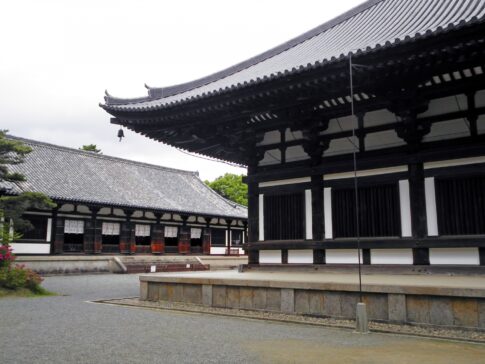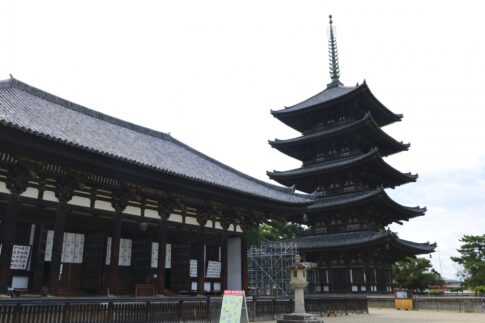Muroji Temple is one of the most famous temple in Nara.
There are historical temple and nature. You can walk around and enjoy both of them.
What you need to know before visiting Muroji Temple
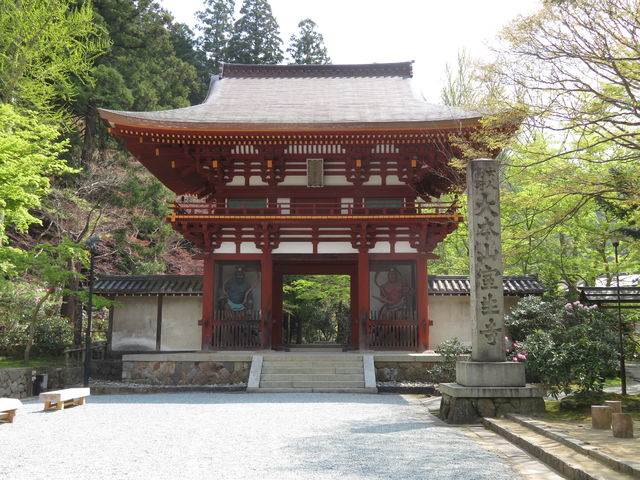
1. Basic Information
Muroji Temple was founded at the end of the Nara period (710-794) by a monk of Kofuku-ji Temple, Hyunseek (Hyunkwan), who wished to heal the illness of the Crown Prince (later Emperor Kanmu).
It is said that Shu-Yen, a disciple of Hyun-Seeking, established the present temple.
The temple declined for a time, but was rebuilt under the patronage of Keishoin, the mother of the 5th shogun, Tsunayoshi Tokugawa, during the Genroku era (1688-1704) of the Edo period (1603-1868). From that time on, women were allowed to visit Muroji Temple, in contrast to Kongobuji Temple on Koyasan, which was also a Shingon sect temple, but women were forbidden.
Therefore, the temple was called Nyonin Koya (Koya for Women), and women worshipped at the temple.
The Kondo (National Treasure) with a persimmon-thatched roof, the Maitreya Hall (Important Cultural Property), and the Hondo (National Treasure) with a cypress bark roof are scattered throughout the temple grounds.
The main hall houses five wooden statues of Jokanbutsu, including the standing statue of Shakyamuni Buddha (National Treasure) and the standing statue of the eleven-faced Kannon (National Treasure).
In addition, there are other outstanding Jokan-buddhas such as the seated statue of Shakyamuni Buddha in Miroku Hall (National Treasure).
The five-story pagoda (National Treasure) (16 m high), the smallest of the ancient pagodas in Japan, was severely damaged by a typhoon in 1998, but has now been restored.
Climbing up the path to the left of the pagoda, you will find Okuno-in (inner sanctuary) with the Mieido (an important cultural property).
The temple is also famous for the rhododendrons and maple trees that beautifully decorate the grounds.
2. Temple and precincts
In this sacred place of the god of water, visitors are welcomed by beautiful monasteries whose expressions change with the seasons.
Muroku is located in the northeastern part of Nara Prefecture. Surrounded by ancient outer rim mountains, with the main peak of Shojimbo, a mountain range from which a mountain stream flows into the Muro River, the temple has been revered since ancient times as a sacred place for praying to the God of Water for rain.
Muroji Temple, built on this site, has always attracted people, even now, with its four seasons of color.
It is said that Ozunu, the founder of Shugendo, built the first temple here at the request of Emperor Temmu.
Toward the end of the Nara period (710-794), the temple was ordered by the high priest Kenkei of Kofukuji Temple to build a pagoda and temple complex soon after the capital was relocated to Heian-kyo (794-1185).
Later, Shintai, a disciple of Kukai and a close friend of Shuen, entered the temple with his esoteric Shingon Buddhism, and the Kanteidō Hall, Mikageidō Hall, and other buildings were constructed.
Cherry blossoms in spring, rhododendrons in late spring, green maples in early summer, and autumn leaves in fall adorn the beautiful temple building of the early Heian period, creating a unique view that has not changed since ancient times.
3. Imperial Treasure and Treasure Items
Buddhist art was born secretly in a quiet hometown.
An encounter with a masterpiece awaits you there.
Muroji Temple, located far from the capital and nestled in the dense mountains, is a treasure house of Buddhist art that is home to numerous precious Buddhist statues and other treasures.
Here you will encounter beautiful and unique Buddhist statues from the early Heian period, which should be handed down to future generations as national treasures.
Muroji Temple houses many rare Buddhist statues designated as National Treasures or Important Cultural Properties, such as the beautifully carved Buddha image in the Renba style carving technique called “Muroji-yo,” and other Buddhist statues with features from the early Heian period.
In addition to the pagoda complex, which is in harmony with nature, visitors will have a chance to encounter graceful Buddhist statues that emit a mysterious aura, and experience the one and only beauty surrounded by a long history.
4. Highlights of Muroji Temple
- Front gate and Taiko Bridge
From the bus stop, walk along the road along the Muro River toward Muroji Temple.
After passing a road lined with teahouses, souvenir shops, and ryokan (Japanese-style inns), you will see a vermilion-lacquered warped bridge spanning the river.
This is the “Taiko Bridge,” the entrance to Muroji Temple.
The construction of this bridge is newer than the others in the long history of Muroji Temple.
The previous bridge was washed away by Typhoon Isewan in 1959, and the current “Taiko-bashi” was rebuilt.
The Omote-mon Gate can be seen at the end of the bridge.
Many visitors take pictures of the view of the Omote-mon Gate from the Taiko-bashi Bridge. The cherry blossoms in the background of the Omote-mon Gate are beautiful in spring, and the maple trees on either side of the bridge are beautiful in fall.
This is the first spot that visitors to Muroji can enjoy.
In front of the Omote-mon gate, there is a stone monument with the inscription “Nyonin Koya Muroji Temple.
Nyonin Koya” is another name for Muroji Temple, where women were allowed to visit, in contrast to Koyasan, where women were forbidden to visit.
On the top of the monument, there is a family crest called kokonomeyumon, which was carved in the middle of the Edo period (1603-1868).
This is said to be due to the fact that the pagoda of Muroji Temple was repaired in the middle of the Edo period (1603-1867) by a donation from Keishoin, the mother of Tsunayoshi Tokugawa, the fifth shogun of the Tokugawa shogunate.
- Niomon Gate and Banji Pond
The “Omote-mon” gate is usually closed to traffic, so cross the “Taiko-bashi” bridge and walk to the right to the entrance to the temple.
On the way, you will see three large cedar trees, called “Sanpōsugi” (three treasure cedars), which are about 150 to 200 years old.
The trunks are about 3 meters in circumference.
There are several even older cedars on Mt. Muro-dera, where Muro-dera Temple is located.
After passing through the reception desk, you will immediately see the Niomon Gate, which was destroyed by fire in the Genroku era (1688-1704).
The gate was destroyed by fire in the Genroku period (1688-1704) and disappeared for a long time, but was rebuilt in November 1965.
The Niomon statues standing on either side of the gate were also rebuilt in the Showa period (1965-1989).
The vermilion paint of the gate and the color of the Nio statues are still vivid and beautiful.
According to an old map from the Kamakura period (1185-1333), Nitenmon Gate was located further back from the Niomon Gate.
After passing through the Niomon Gate, you will see an unusual shaped pond on your left. This pond is called “Ban-ji Pond,” and as the name suggests, it is shaped like the character for “ban,” which represents Dainichi Nyorai.
According to an old map, there were two ponds at this location until the Edo period (1603-1867), and it seems that Suiten and Benten were enshrined in each pond.
Summary
Muroji Temple has many highlights that you can look around.
If you like walking, it is the perfect place for you!
